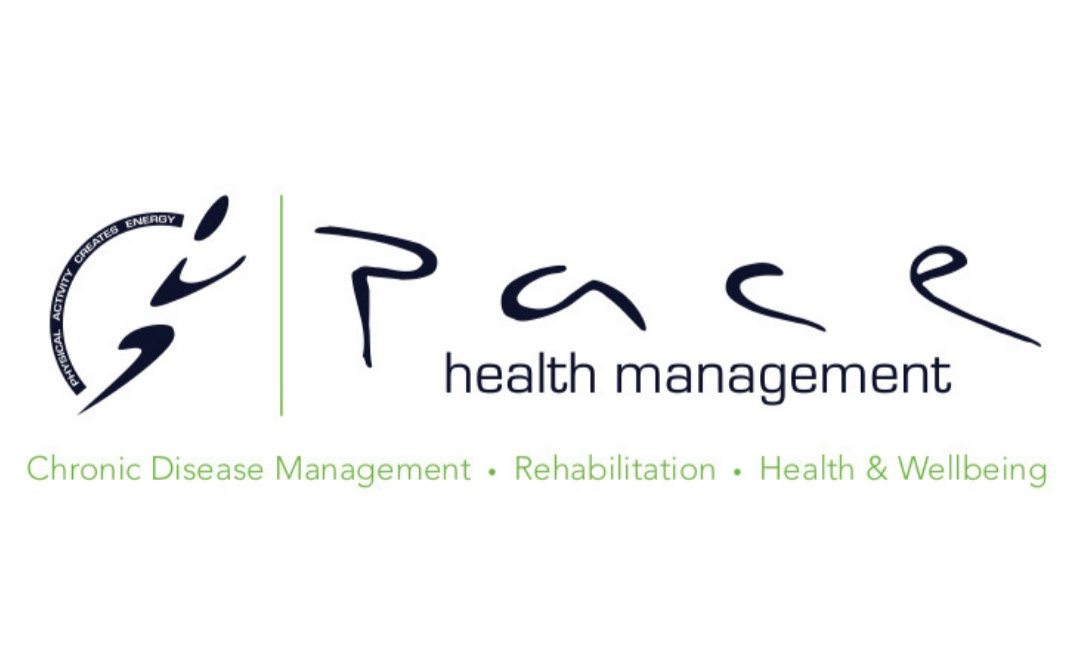How can exercise support Autism Spectrum Disorder (ASD)?
Autism Spectrum Disorder (ASD) refers to a variety of cognitive and neuro-behavioural disorders, typically involving deficiencies in three areas including social interaction, communication skills and motor performance with presence of repetitive patterns of behaviour (e.g. hand flapping, body rocking, repetitive finger movements, non-contextual repeated vocalisations).
These symptoms can interfere with physical, social and psychological health, leading to reduced participation in daily activities, increased sedentary activity and greater risk of associated conditions including heart disease, diabetes and weight gain.
Research has shown that exercise is an effective therapeutic intervention with those with ASD, with the following benefits:
Reducing stereotypic behaviours
Improved verbal and nonverbal communication skills
Improved academic engagement
Improving cardiovascular fitness
Improve strength, balance, flexibility
Physical activity programs for children and adolescents with ASD should involve a combination of:
Aerobic (such as walking, running, cycling, swimming, exergames)
Resistance (such as calisthenics, sport specific movements, body weight, free weight and TheraBand exercises)
Flexibility and neuromuscular exercises (stretching, therapeutic horseback riding, yoga, tai chi).
It is recommended that all activity be gradually progressed in their frequency, duration and intensity. However, research has shown that vigorous types of exercises have a greater effect for reducing stereotypical behaviours, hyperactivity, aggression and self-injury.
It is important to remember that the characteristics of ASD can vary greatly between individuals and therefore will have a different therapy and exercise needs.
However, when implemented appropriately, exercise can have profound benefits for those living with ASD.
An Accredited Exercise Physiologist can assist by prescribing a suitable and tailored exercise plan to increase physical activity, reduce sedentary activity and adopt healthy living behaviours!
If you’d like to know more, get in touch with the team today!
